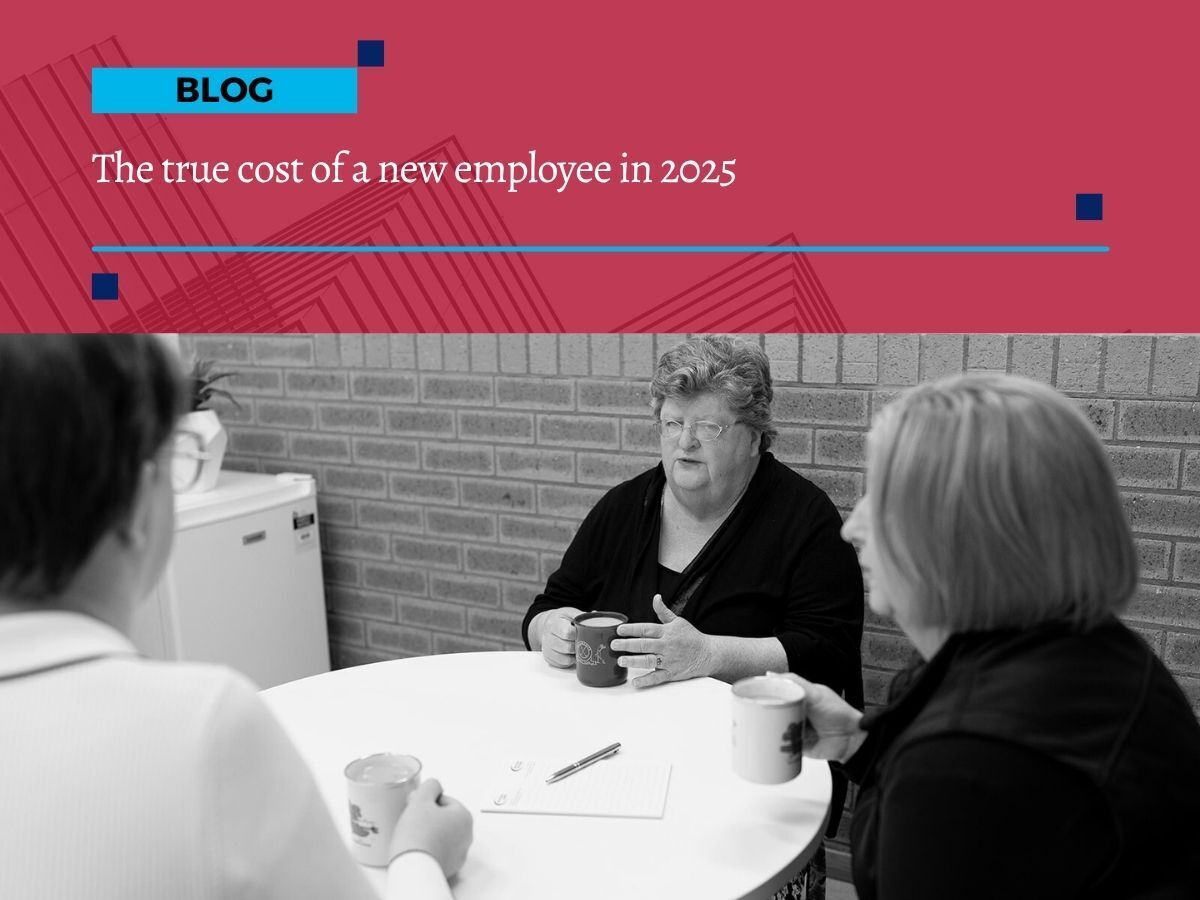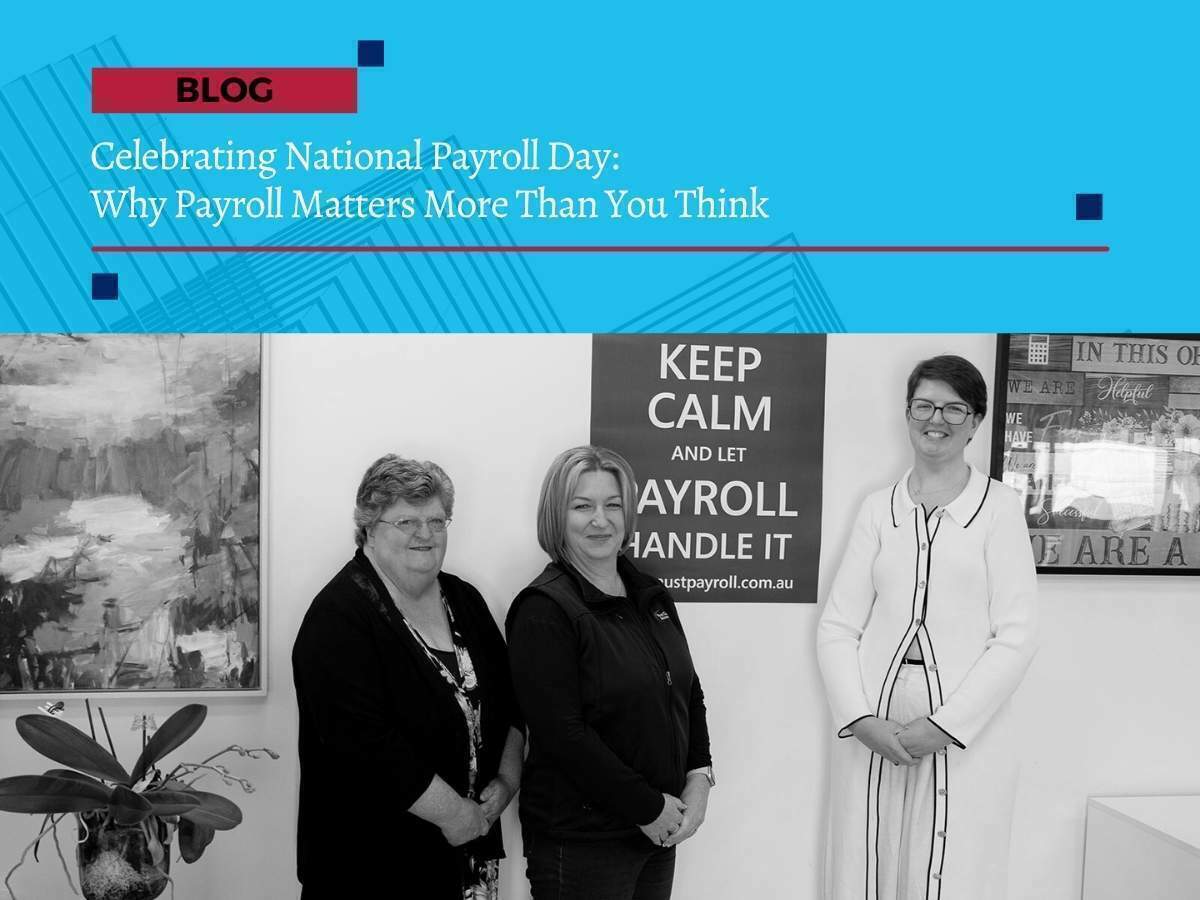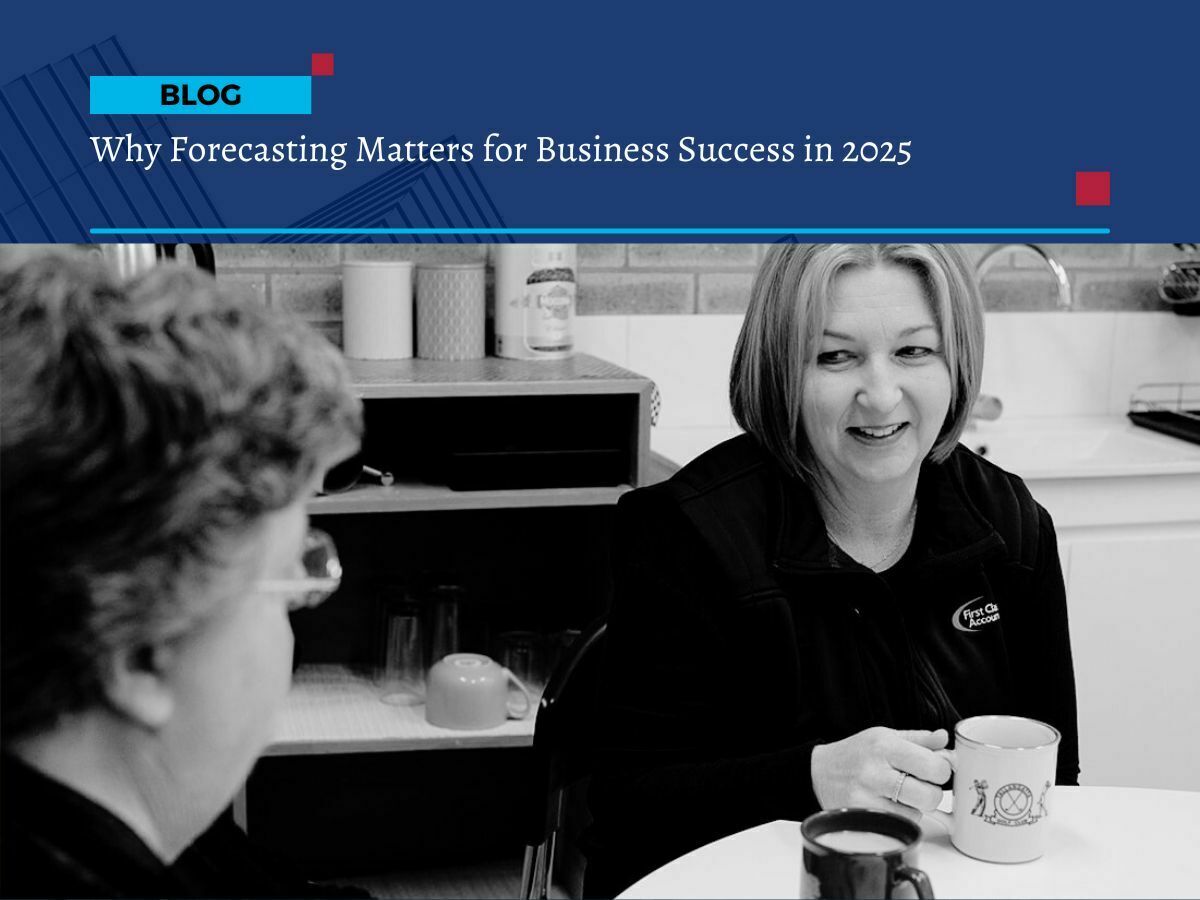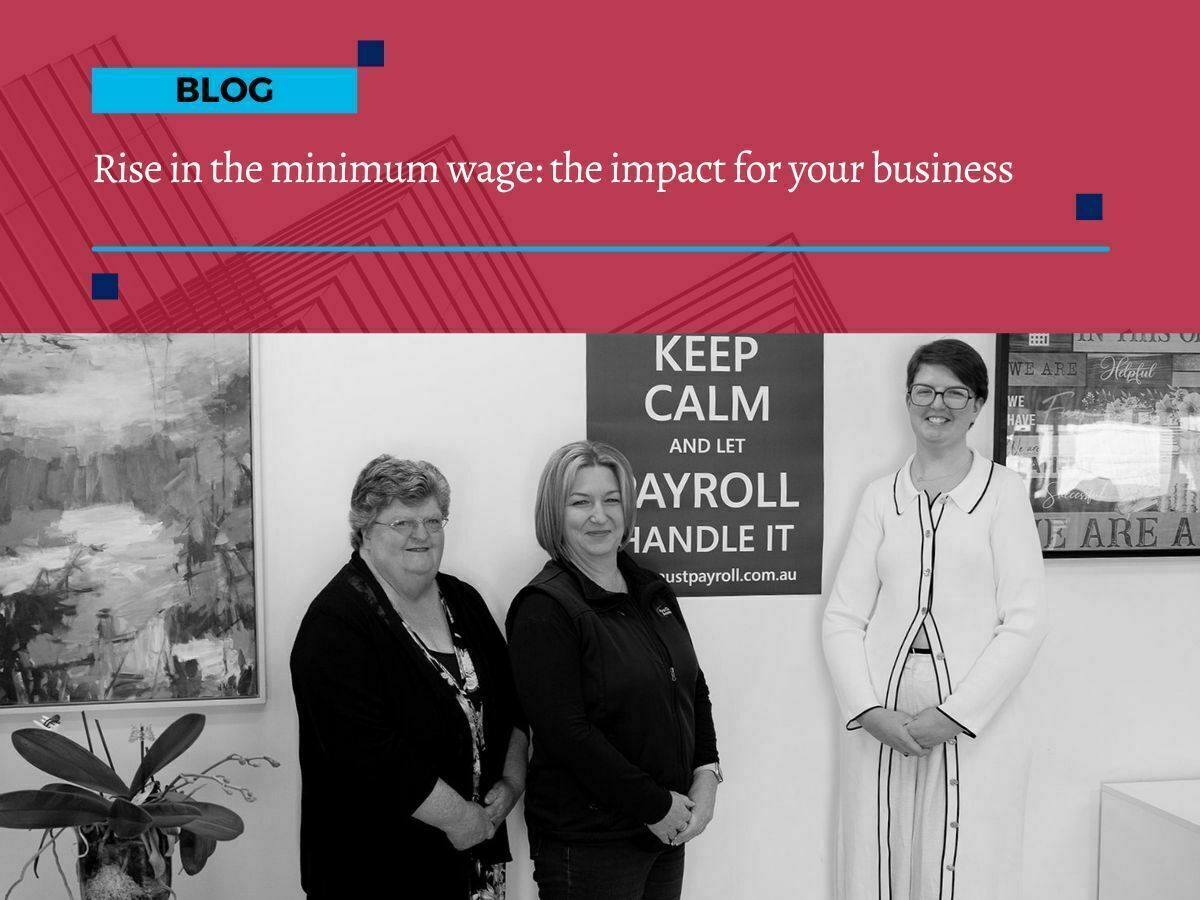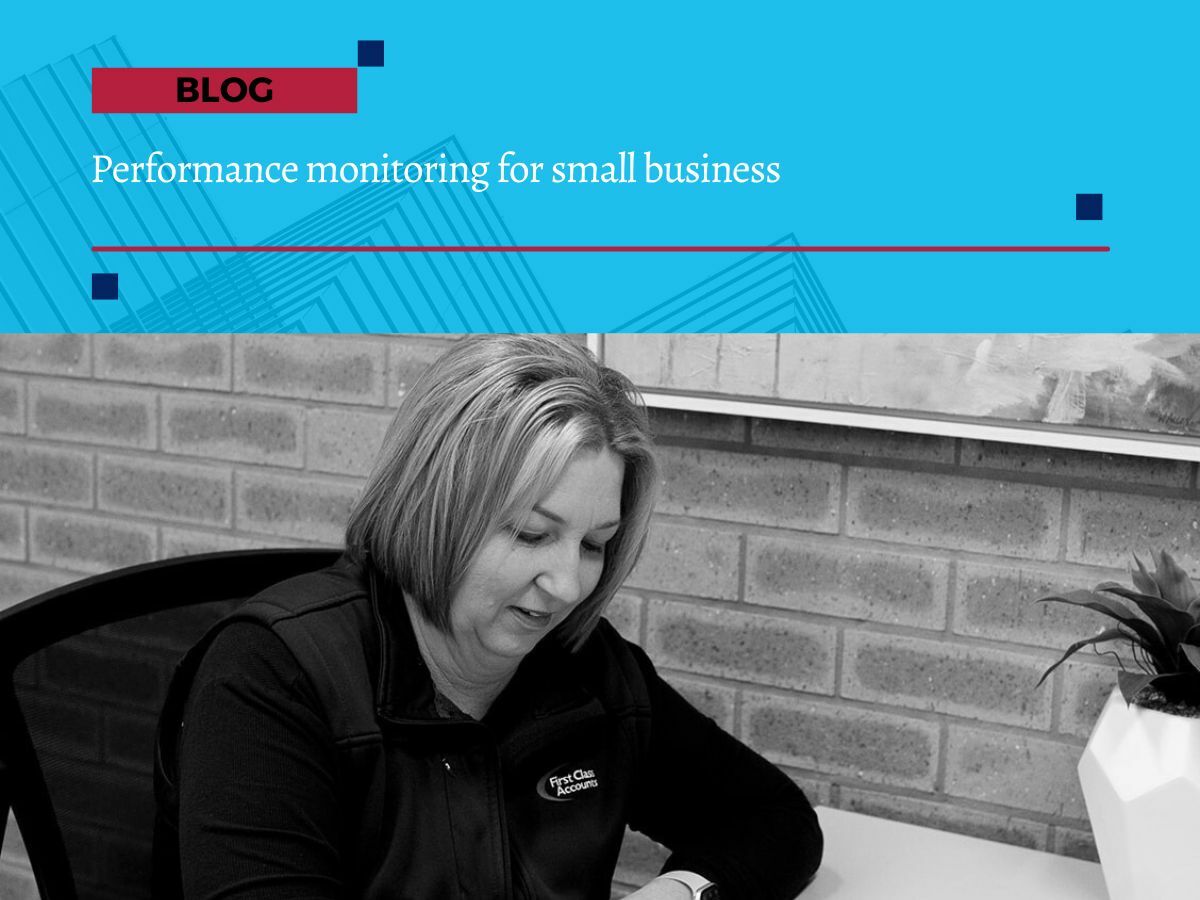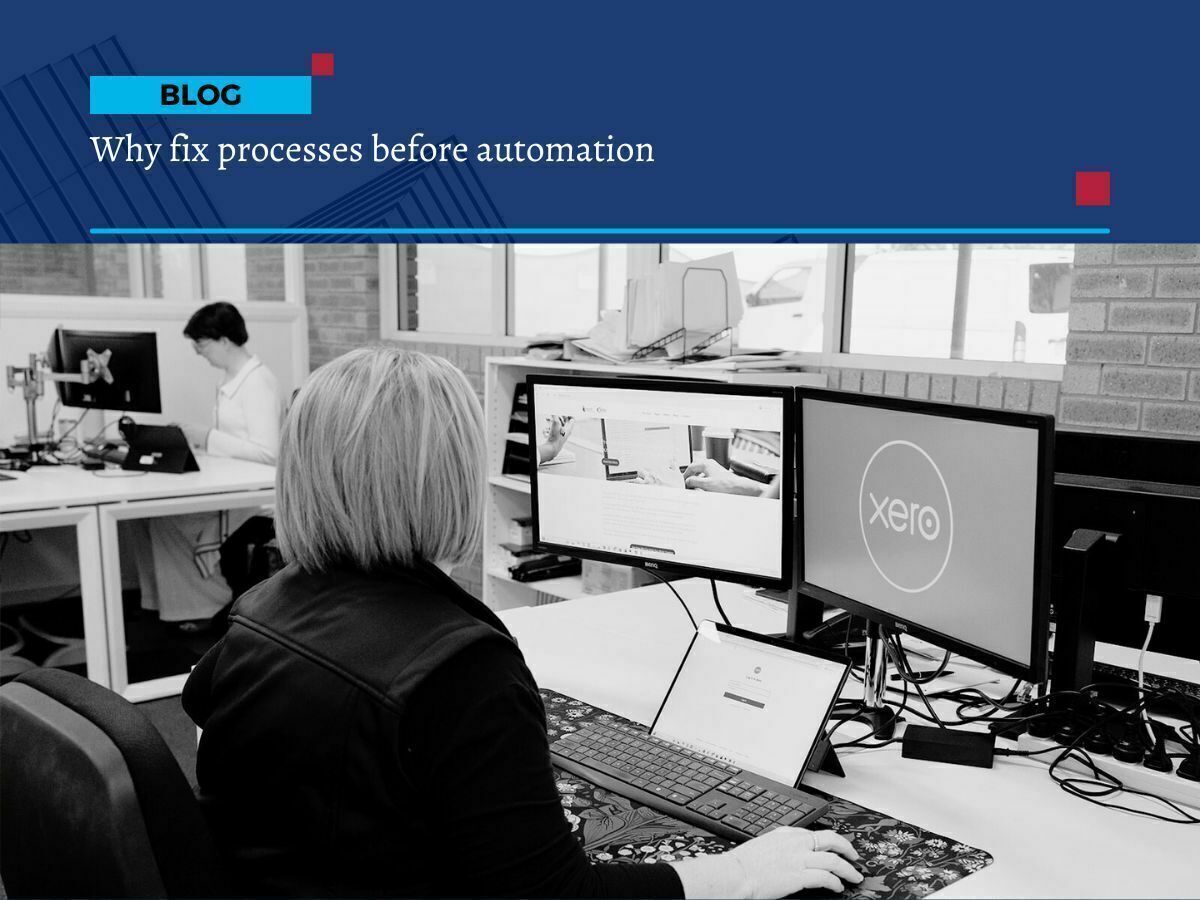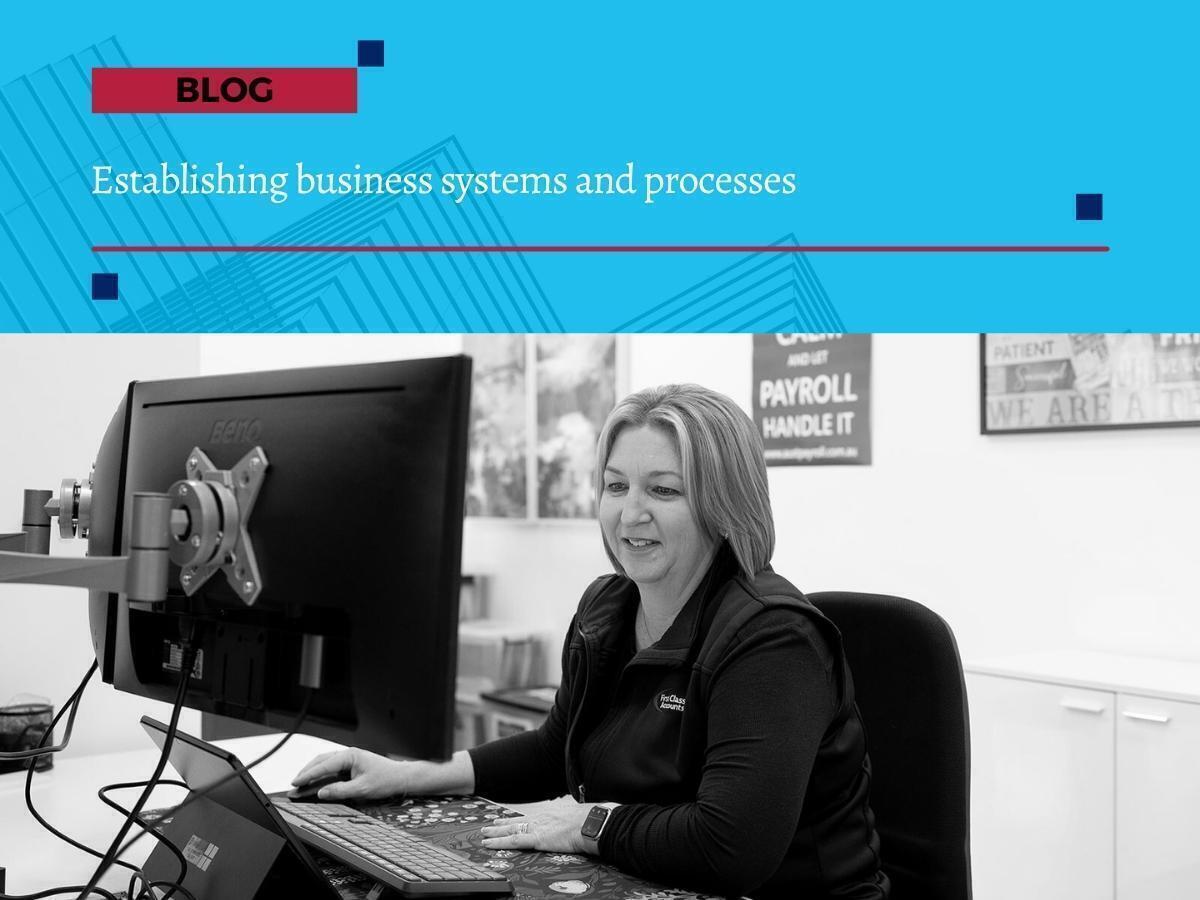
Establishing document systems and processes
Establishing document systems and processes
With growth comes growing pains. Those pains can affect team morale and your margins. And often, they’re caused by inconsistent or non-existent processes.
To avoid these issues, it's essential to preempt potential friction and put systems in place that allow your business to scale smoothly. Having clearly documented processes not only boosts efficiency and consistency, but also makes it easier to delegate and onboard new team members.
At First Class Accounts Ovens & Murray, we regularly support business owners with setting up and refining their internal systems, especially those related to payroll, bookkeeping, and compliance.
Here’s a guide to help establish practical, scalable systems in your business.
Nine steps to establish great systems
1. Identify your key systems
Start with your most critical processes. These are usually the ones that are customer-facing, rely on a single team member’s knowledge, cause repeated confusion or delay, or directly impact cash flow (like invoicing or payment follow-ups).
If there’s a task that slows everything else down or holds up your ability to get paid, document that first.
2. Develop a standardised approach to documenting your systems
Consistency is key. Processes should be documented in a way that’s clear and easy to follow. Flowcharts or diagrams are a good place to start, followed by text that explains each step in more detail.
Include checklists, templates (like welcome emails or standard replies), and simple ‘how-to’ guides for tools your team uses regularly. This ensures tasks are done the same way every time, regardless of who’s doing them.
3. Break each process down into bite-sized steps
Make sure each process is clear about:
Who does what
When it needs to be done
How different team members hand tasks over to each other
Clarity prevents tasks from falling through the cracks and makes your team more confident in handling responsibilities.
4. Clearly label and store your documents
Procedures are only useful if they can be found and followed. Online storage (such as Google Drive, Microsoft SharePoint or your project management system) makes access easy and supports version control.
Make sure everything is logically named, and consider creating a shared ‘Systems’ folder where all team members can access what they need quickly.
5. Identify the best person to write each process
The person who actually performs the task should write the first version of the process, they know it best.
This doesn’t need to be a time-consuming job. Start small, with dot points or a screen recording. The business owner or manager can then review and make sure it aligns with overall expectations.
This is where external support can also be helpful. If you need help documenting financial processes, like payroll, BAS lodgements, or expense management, First Class Accounts Ovens & Murray can help you get it done properly, and fast.
6. Test the process
A new team member should be able to follow the documented steps and complete the task with minimal help.
If they can’t, then the instructions aren’t clear enough. Go back and refine it. Use plain language. Remove jargon. Think like someone who has never seen it before.
7. Train your team to follow the process
Introduce relevant procedures during team onboarding and reinforce the importance of following them.
When mistakes happen, treat them as system failures not personal ones. This approach builds trust and encourages everyone to look for better ways to do things.
8. Review and update processes regularly
Don’t set and forget. As your business evolves, so will your systems. Regular reviews, say every 6–12 months, help keep everything up to date and relevant.
Encourage your team to ‘own’ their processes and suggest improvements. They’re usually the first to notice when something’s not working. Avoid the urge to dictate, collaboration leads to better, more practical systems.
If you’re unsure how to start these reviews or want to prioritise finance-related systems, we’re here to help.
9. Look for ways to automate or streamline
Software and automation tools are more accessible than ever in 2025. The right tools can save you serious time and reduce the risk of manual error.
Whether it’s scheduling recurring invoices, automating payroll, or integrating apps with Xero, there’s often a smarter way to do things.
Need help reviewing your finance-related systems or identifying apps that will save you time and money? At First Class Accounts Ovens & Murray, we help business owners streamline, simplify, and automate the processes that matter most.
Making systems work for your business
Documented systems aren’t just for big businesses. They’re what help small businesses grow without the wheels falling off.
The good news? You don’t need to overhaul everything at once. Just start with one process, preferably one that’s causing the most pain, and build from there.
And if you need help getting your financial systems in order, First Class Accounts Ovens & Murray can work with you to review your current processes, recommend improvements, and even implement them alongside your team.
“Speed is useful only if you are running in the right direction.” - Joel Barker
We can help you review and improve your critical business processes. Get in touch!


